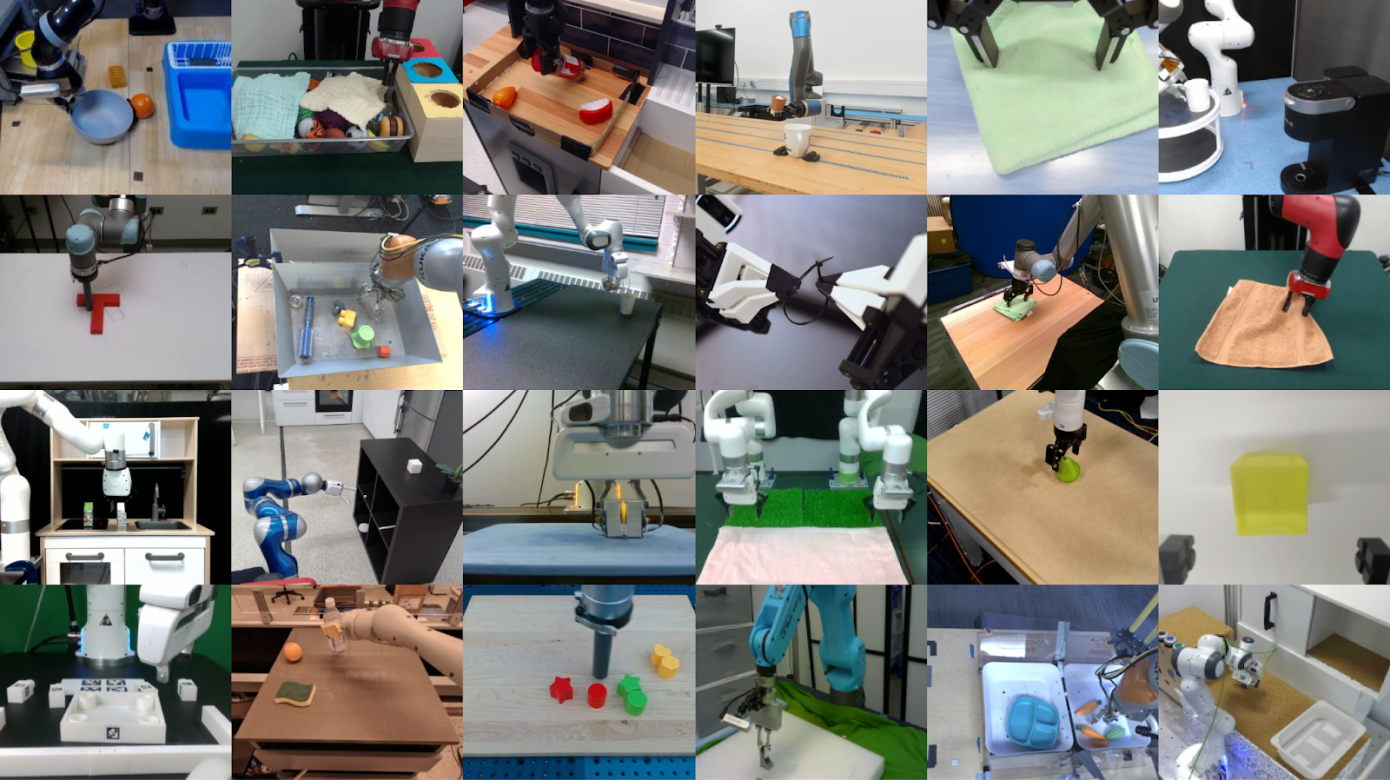Google’s DeepMind collaborates with 33 research institutes to develop Open X-Embodiment, a colossal database that revolutionizes robotics, much like ImageNet did for computer vision.
➜ The Current State of Robotics
Robotics today is a field of specialization. Whether a simple robot vacuum or a sophisticated industrial system, most robots are designed to excel in one specific task. The dream? Transitioning from these specialized robots to general-purpose ones. But the journey to that dream is filled with challenges and intermediate milestones.
➜ The Role of Robot Learning
Robot learning is the answer to the challenge above. Everyone’s diving deep into this solution, whether research labs, startups, or big corporations. Companies like Viam and Intrinsic are already making strides in simplifying robot programming. However, the answer isn’t a one-size-fits-all. It’s a blend of various approaches with a shared, expansive dataset.
➜ Introducing Open X-Embodiment
DeepMind’s robotics team, in collaboration with 33 research institutes, unveiled their project: Open X-Embodiment. Drawing parallels with ImageNet, which houses over 14 million images, this database is poised to be a game-changer. As Quan Vuong and Pannag Sanketi from DeepMind said, “Building a dataset of diverse robot demonstrations is the key step to training a generalist model.” The database boasts over 500 skills and 150,000 tasks from 22 robot types. And in the spirit of collaboration, it’s open to the research community.
“We hope that open sourcing the data and providing safe but limited models will reduce barriers and accelerate research. The future of robotics relies on enabling robots to learn from each other, and most importantly, allowing researchers to learn from one another.”
DeepMind’s Open X-Embodiment is more than just a database; it’s a beacon of hope for the future of robotics. By democratizing access to such a vast pool of data, they’re advancing their research and fueling global innovation. It’s reminiscent of the early days of NeuralWit, where the focus was on collective growth. The future of robotics looks promising, and collaborations like these are paving the way.


